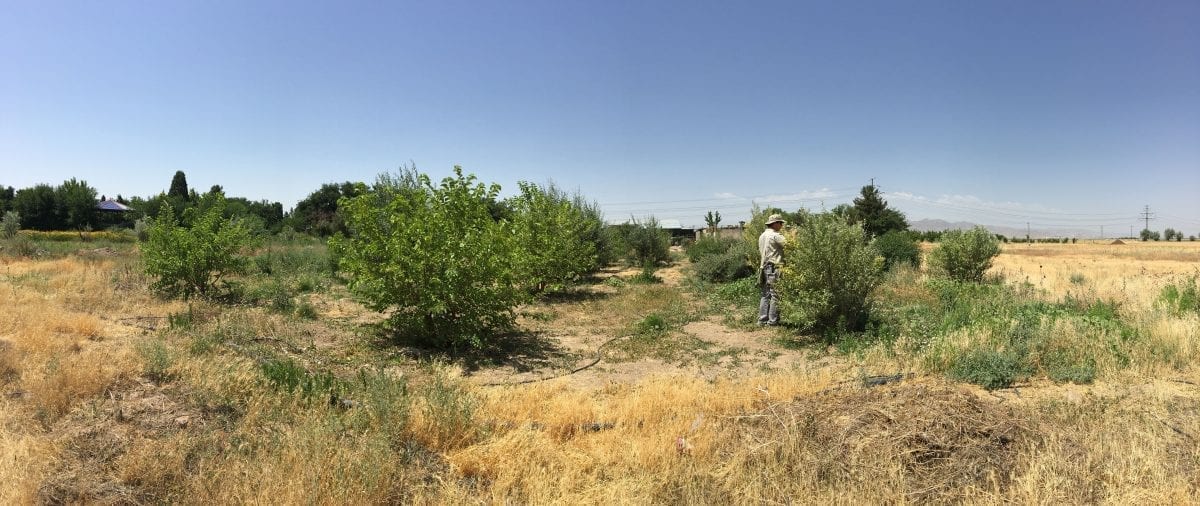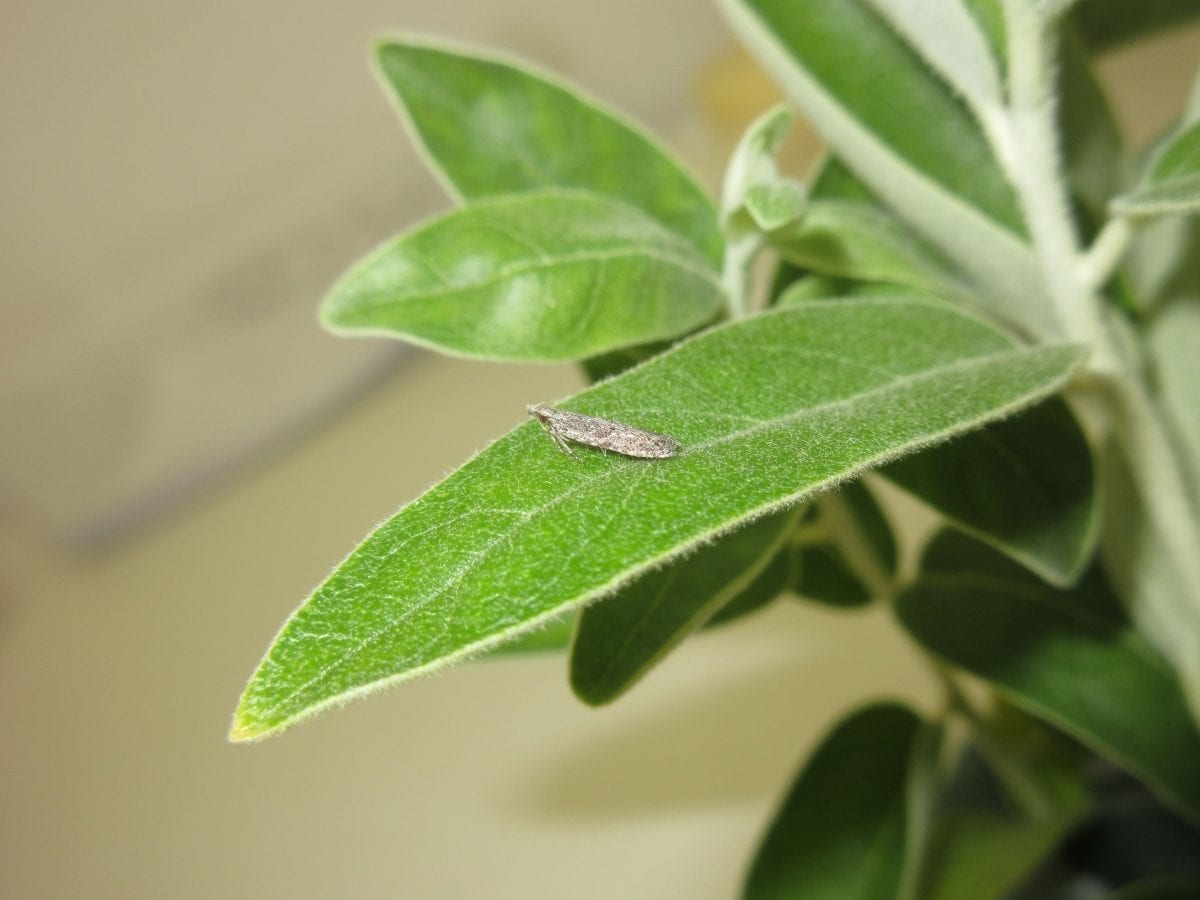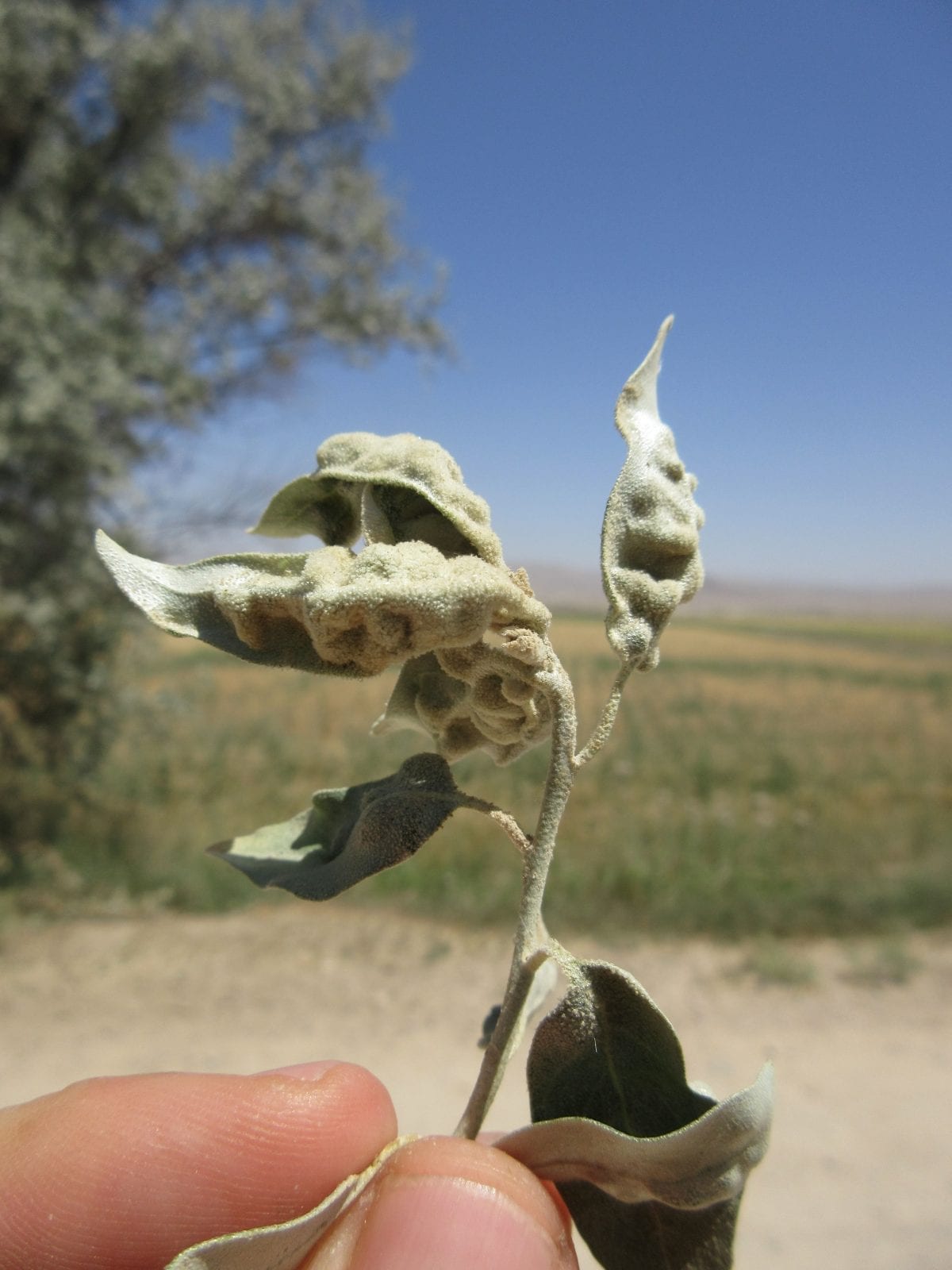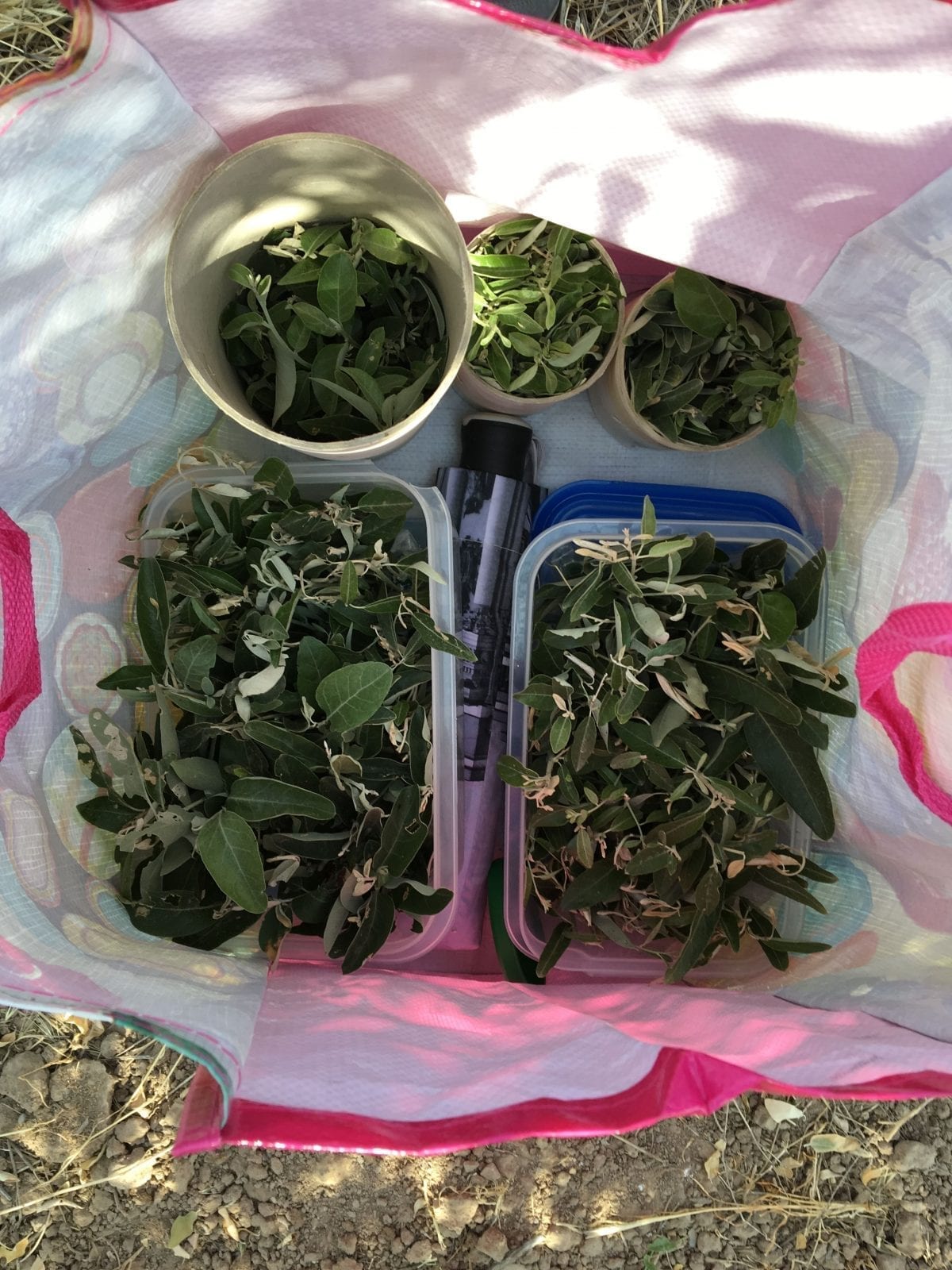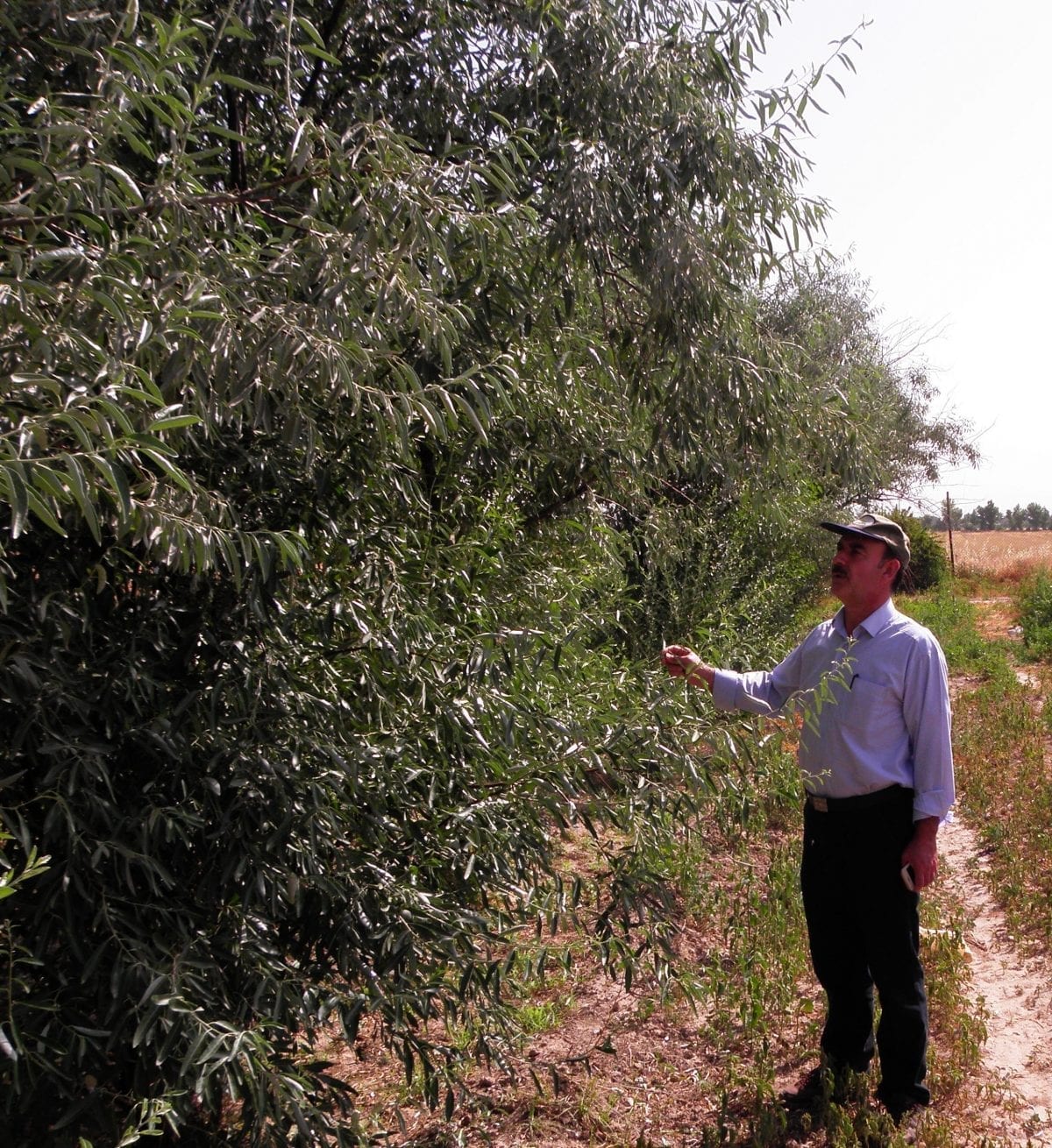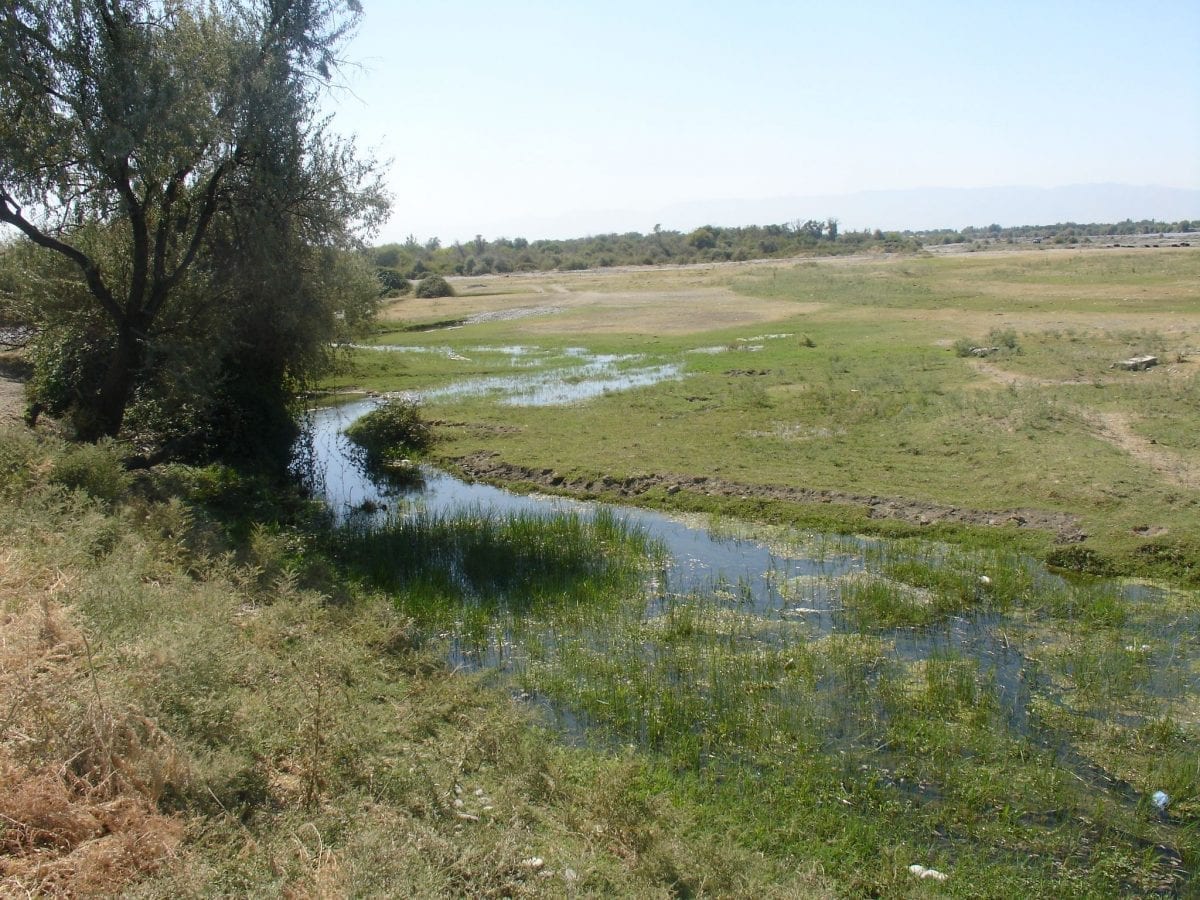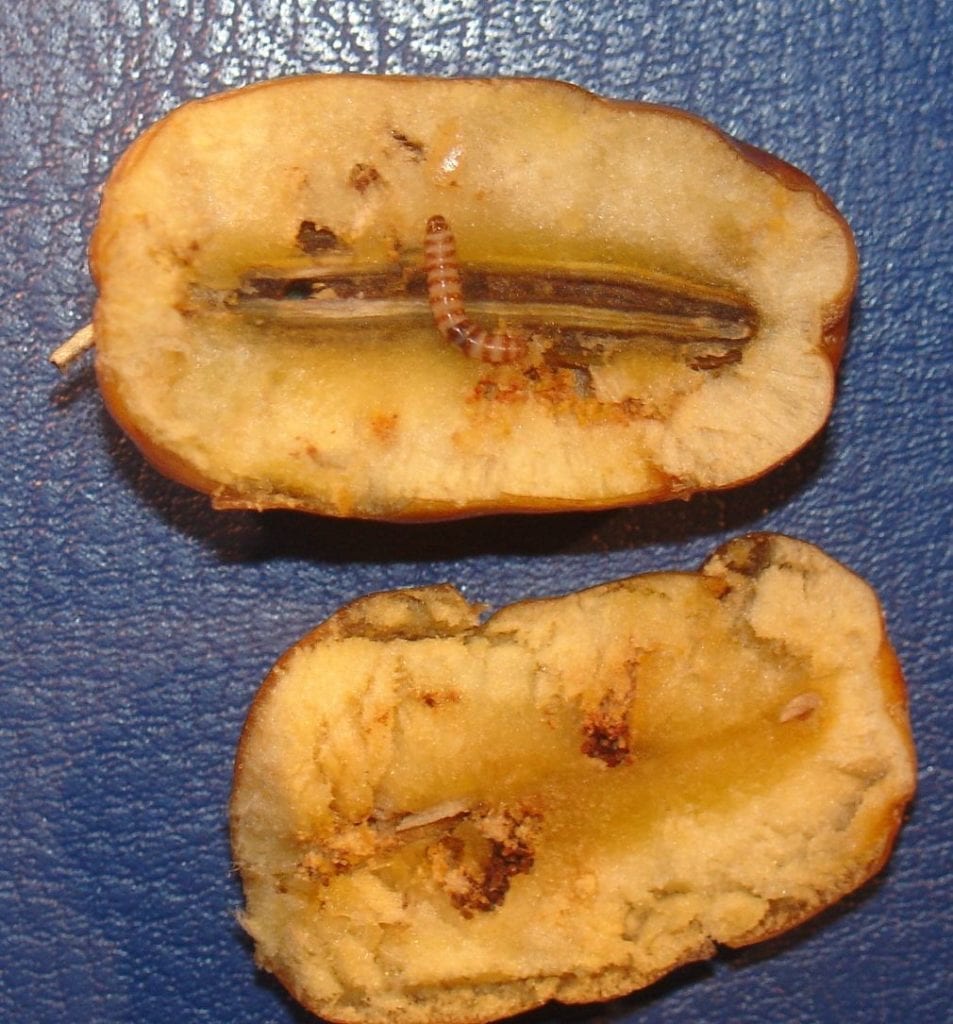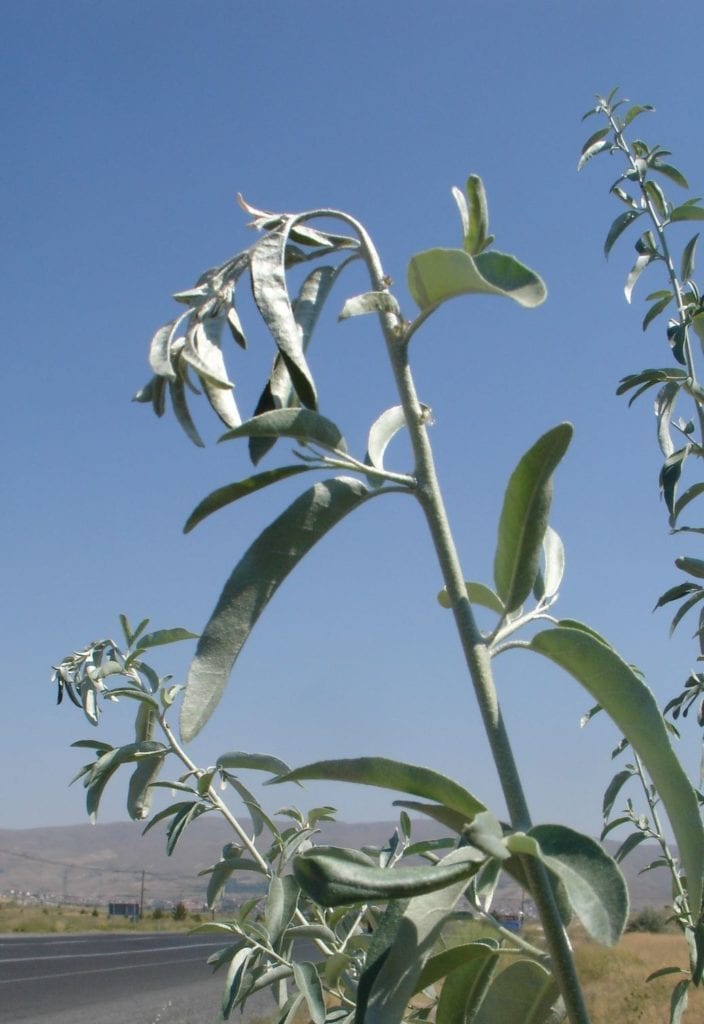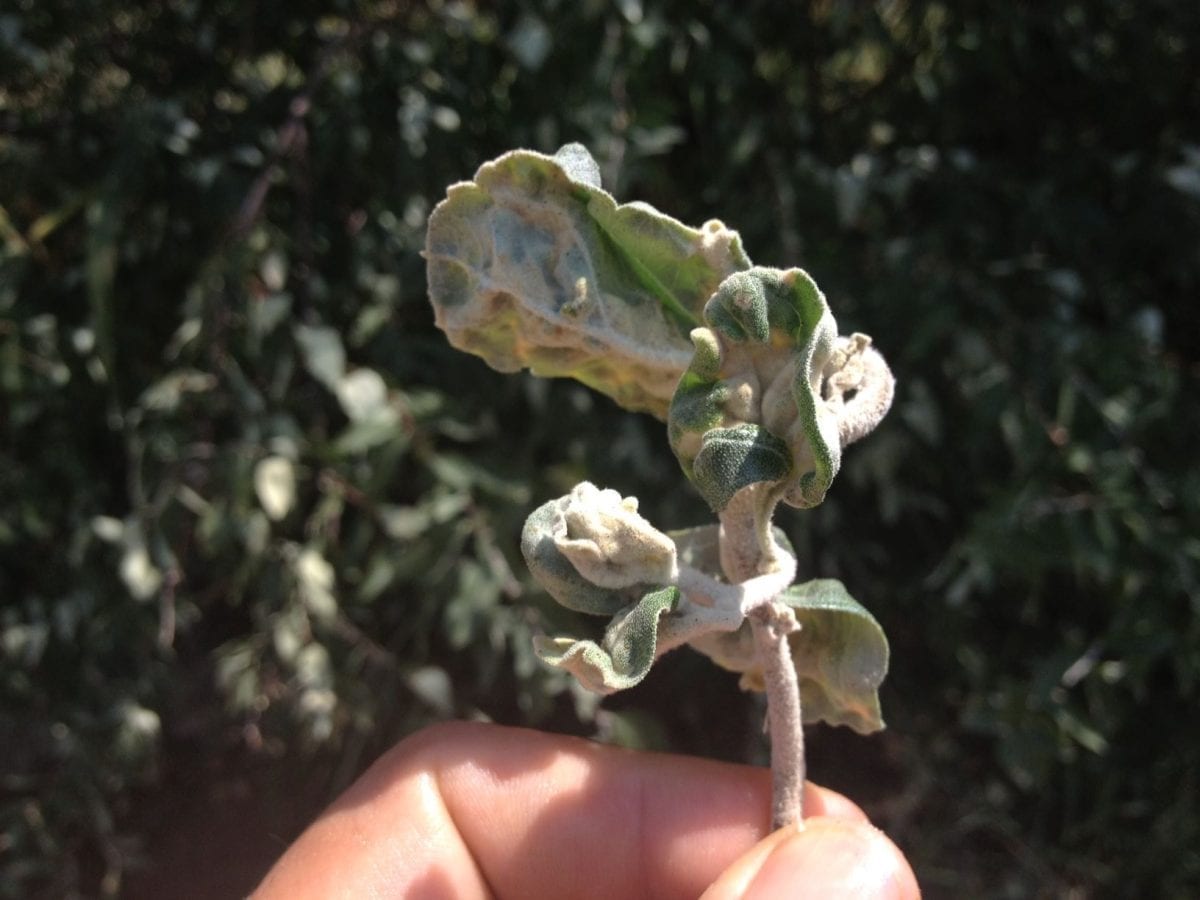Stemming the spread of Russian olive
Russian olive is a significant invasive weed in North America but is perceived as a useful and attractive tree by some stakeholders. It is especially a problem in western parts of the USA where it affects many natural habitats, altering the ecosystem and its functions. Biological control is a useful approach in such circumstances because scientists can look for natural enemies that damage reproduction, and thus future spread, without damaging established trees.
Project Overview
So, what’s the problem
Russian olive (Elaeagnus angustifolia) was introduced to North America in the late 19th century as an ornamental plant , for erosion control, and as a windbreak and shade tree. It has become a significant invader of natural habitats, particularly along riverbanks, and to date has been classified as a noxious weed in four states of the western USA, a figure that is likely to increase in the near future.
Although Russian olive competes with native species and alters ecosystem functions, some still value it as an ornamental plant and windbreak. To avoid conflicts of interest, the biological control project for Russian olive is therefore concentrating on natural enemies that specifically attack the flower buds, flowers or seeds in order to slow its spread without harming established trees.
What is this project doing?
CABI’s centre in Switzerland and the Biotechnology and Biological Control Agency (BBCA, Rome, Italy) initiated surveys in Eurasia in 2007 to determine whether biological control by introducing natural enemies from Russian olive’s area of origin was a feasible option. Out of 72 insect and mite species found associated with the tree in its native range, the shoot- and flower-attacking eriophyid mite Aceria angustifoliae and the shoot- and fruit-boring moth Anarsia eleagnella were prioritised for in-depth studies to assess their host range (ie. whether they could attack non-target plants if introduced in North America) and their impact on Russian olive.
Results
The host specificity of the mite, Aceria angustifoliae, was assessed in an outdoor experiment in Iran and at CABI’s centre in Switzerland. Results suggest that A. angustifoliae has a very narrow host range and is likely to be restricted to Russian olive under natural field conditions. The petition for field release of A. angustifoliae was submitted to the USDA Animal and Plant Health Inspection Service (APHIS) Technical Advisory Group (TAG) and the Canadian Biological Control Review Committee (BCRC) in November 2019. The Canadian Food Inspection Agency (CFIA) approved release in 2022 and the first releases in Canada were carried out in spring 2023.
The moth, Anarsia eleagnella, has at least two generations per year: the first attacks shoot tips, while the second feeds predominantly on the fruit and damages the seeds. No-choice tests and an open-field test in Iran showed that the host range of this species is wider than initially anticipated and appears to include several species within the family Elaeagnaceae. Work with this species is currently suspended.
During surveys of the Karatal river in south-western Kazakhstan during May 2022, seven individuals of the weevil Temnocerus elaeagni were collected. This weevil is recorded as a stem miner on Russian olive. Unfortunately, no adult feeding was recorded on any of the foliage offered. Mating between individuals was observed, meaning that both males and females must have been present, however, no oviposition was recorded.
Project Manager


